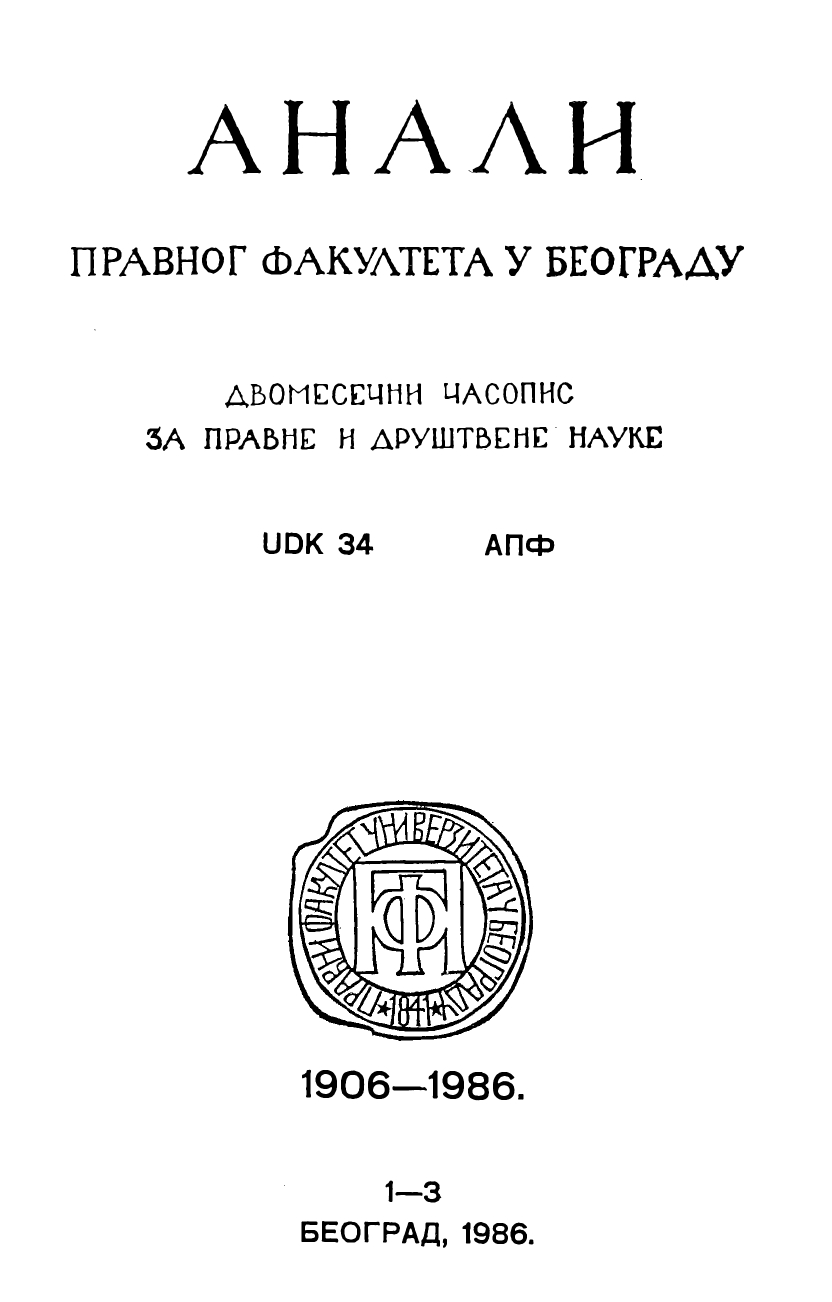ОРГАНИЗАЦИЈА ГРАЂАНСКИХ СУДОВА У ЕНГЛЕСКОЈ
THE ORGANISATION OF CIVIL COURTS IN ENGLAND
Author(s): Marija DraškićSubject(s): Law, Constitution, Jurisprudence, Civil Law
Published by: Правни факултет Универзитета у Београду
Summary/Abstract: The organisation of civil courts in England and their hierarch}' are necessary elements in acquiring knowledge of the functionning of the case law system (i.e. the one of precedents) and, by the same token, of the entire body of English, namely common law. The English law, namely, is composed of legal principles emanating out of rules created by judges, while deciding on specific disputes. These rules, under certain conditions, have to be adhered to by other English judges too. The present-day form and substance were acquired by the English courts in course of the preceding one hundred and fifty years, on the ground of numerous legislative reforms which have introduced structural changes into the organisation of judiciary. The basis of the organisation of courts is made out of a considerable number of lower courts, among which the most prominent position is taken by the county court. The first instance and full jurisdiction is reserved also to the High Court of Justice and to its three divisions, namely, the Queen's Bench Division, the Chancery Division, and the Family Division. The Court of Appeal functions exclusively as a second- -instance court, although not necessarily as the one deciding in final degree. Finally, the highest judicial body of England is the House of Lords and its basic jurisdiction relates to the control of application of law, as well as to ensuring the unity of judicial practice.
Journal: Анали Правног факултета у Београду
- Issue Year: 34/1986
- Issue No: 1-3
- Page Range: 57-63
- Page Count: 7
- Language: Serbian

